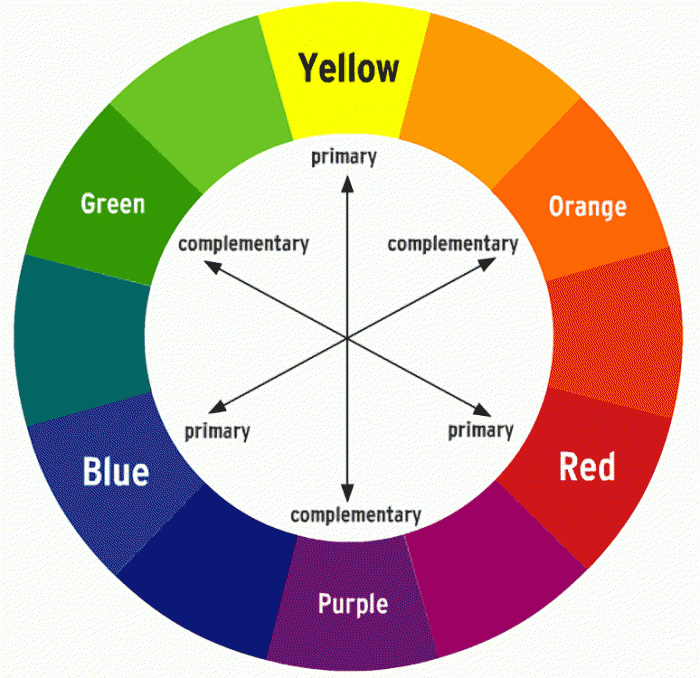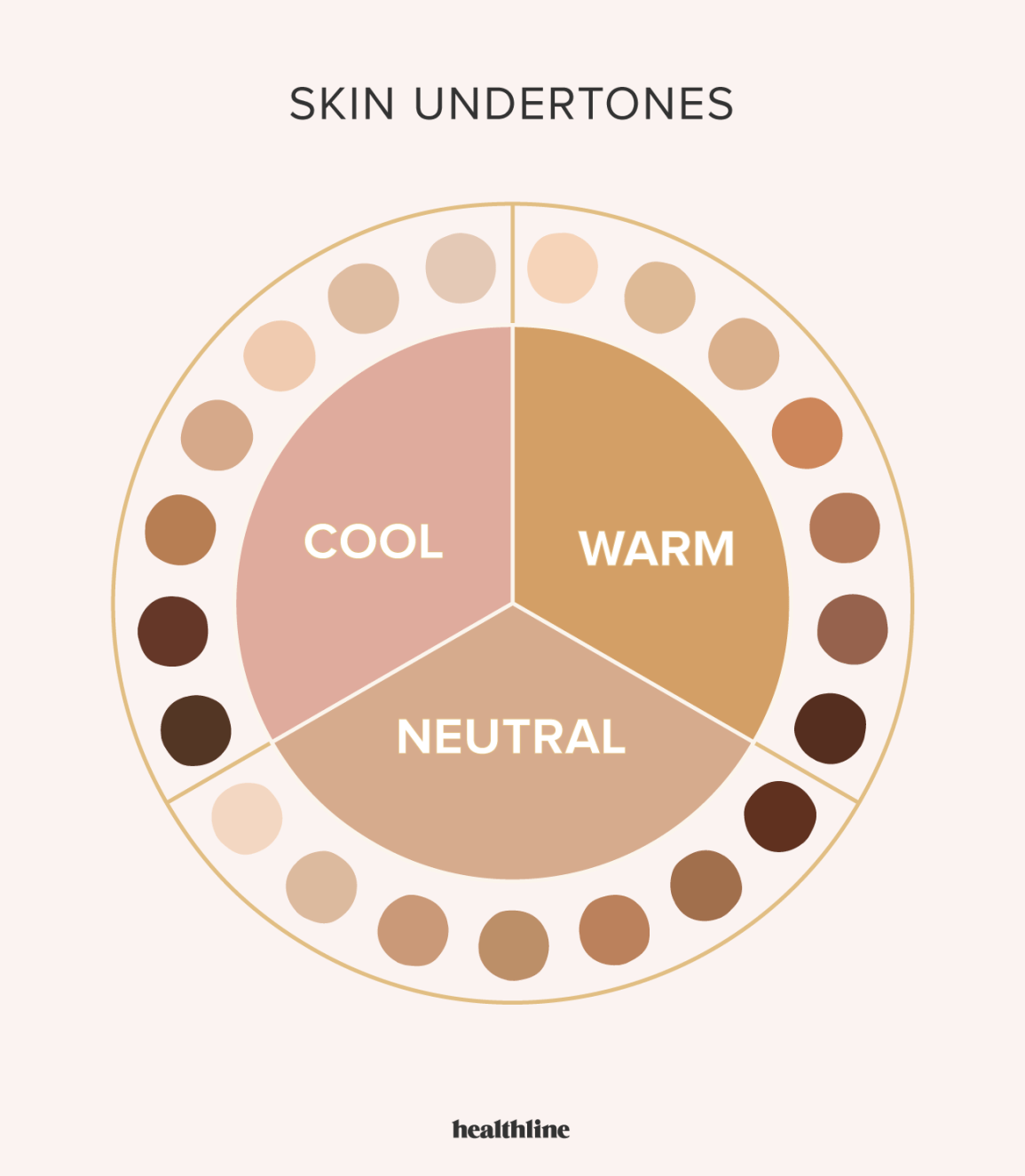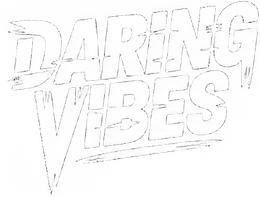Have you ever wondered why some colors make you feel vibrant and confident, while others leave you feeling a bit
washed out? The secret lies in understanding how colors interact with your personal style and, more importantly, your unique skin tone. Choosing the right colors can dramatically enhance your appearance, making you look more radiant, healthy, and put-together. This comprehensive guide will walk you through the fascinating world of color theory and personal color analysis, helping you unlock your most flattering palette.
The Power of Color: More Than Just Aesthetics
Colors are not just superficial elements; they possess a profound ability to influence how we look and feel. When you wear colors that harmonize with your natural coloring, they act like a natural highlighter, bringing out the best in your features. Conversely, ill-suited colors can cast unflattering shadows, emphasize imperfections, and even make you appear tired or unwell [1].
Consider the impact: the right shade can make your eyes sparkle, your skin glow, and your hair appear richer. It can minimize the appearance of dark circles or fine lines, creating an overall impression of vitality and well-being. This isn't just about vanity; it's about leveraging the power of color to boost your confidence and express your authentic self.
Understanding Your Skin's Undertone: The Foundation of Your Palette
The most critical step in choosing flattering colors is identifying your skin's undertone. Unlike your surface skin color, which can change with sun exposure, your undertone is the subtle hue beneath the surface that remains constant. There are three primary undertones: warm, cool, and neutral.
Knowing your undertone is like having a secret weapon in your style arsenal. It dictates which colors will truly complement your complexion and which might clash. Let's explore how to determine yours:
The Vein Test
One of the simplest ways to identify your undertone is by examining the veins on the inside of your wrist under natural light. This area of skin is typically thin, allowing your veins to show through more clearly.
- Blue or Purple Veins: If your veins appear predominantly blue or purple, you likely have a cool undertone. This means your skin has pink, red, or bluish bases.
- Green Veins: If your veins look more green, you probably have a warm undertone. This indicates golden, peach, or yellow bases in your skin.
- A Mix of Blue and Green Veins: If you find it difficult to distinguish between blue and green, or if your veins appear a mix of both, you most likely have a neutral undertone. Your skin has a balanced blend of pink and yellow bases.
The White T-Shirt Test
Another effective method is to stand in natural daylight, free from makeup, and hold a pure white piece of clothing (like a t-shirt or towel) next to your face. Observe how your skin looks in contrast to the crisp white.
- Rosy or Pinkish Appearance: If your skin appears rosy or pinkish against the white, you have a cool undertone.
- Yellowish or Golden Appearance: If your skin looks more yellowish or golden, you have a warm undertone.
- No Significant Change: If your skin looks balanced and doesn't lean distinctly pink or yellow, you have a neutral undertone.
The Sun Reaction Test
Think about how your skin reacts to sun exposure. Do you tan easily, or do you tend to burn?
- Burns Easily, Rarely Tans: If your skin tends to burn and turn red rather than tan, you likely have a cool undertone.
- Tans Easily, Rarely Burns: If your skin readily tans to a golden or bronze hue, you probably have a warm undertone.
- Both Burns and Tans: If your skin exhibits a mix of both reactions, you might have a neutral undertone.
Choosing Colors Based on Your Undertone
Once you've identified your undertone, you can start building a color palette that truly complements you. Here's a general guide:
For Warm Undertones
Individuals with warm undertones tend to look best in colors that have a yellow, orange, or golden base. Think of the colors found in nature during autumn or a sunset.
Recommended Colors:
- Earthy Tones: Olive green, moss green, forest green, warm browns, beige, cream.
- Warm Reds & Oranges: Tomato red, coral, terracotta, rust, peach, amber.
- Golden Yellows: Mustard yellow, goldenrod, butter yellow.
- Jewel Tones (Warm Versions): Emerald green, sapphire blue (with a hint of green), warm purples like amethyst.
- Metallics: Gold, bronze, copper.
These colors will enhance the natural warmth in your skin, making you appear vibrant and healthy.
For Cool Undertones
Those with cool undertones shine in colors that have a blue, pink, or purple base. Imagine the cool hues of winter or the ocean.
Recommended Colors:
- Cool Blues: Navy, royal blue, sky blue, icy blue, teal.
- Cool Greens: Emerald green, jade, mint green.
- Pinks & Purples: Fuchsia, lavender, plum, true red (with a blue base), rose pink.
- Grays & Whites: True white, charcoal gray, cool grays.
- Metallics: Silver, platinum, white gold.
These colors will bring out the natural coolness in your complexion, making you look fresh and luminous.
For Neutral Undertones
Lucky you! If you have a neutral undertone, you have the flexibility to wear a wide range of colors from both the warm and cool palettes. Your skin has a balanced quality that allows it to harmonize with almost any hue.
Recommended Colors:
- Versatile Neutrals: Off-white, soft beige, taupe, medium gray, black.
- Mid-Range Hues: Muted versions of warm and cool colors, such as dusty rose, soft peach, jade green, cornflower blue.
- Any Metallic: Gold, silver, rose gold – all will look good on you.
While you have more freedom, paying attention to the intensity and saturation of colors can further refine your choices. You might find that medium-intensity colors are particularly flattering.
Beyond Skin Tone: Incorporating Personal Style and Preference
While skin undertone is a fantastic starting point, it's essential to remember that personal style and preference play an equally vital role. Fashion is about self-expression, and rules are often meant to be bent or broken. Here are some additional considerations:
Your Personal Style Aesthetic
Are you drawn to classic and timeless pieces, or do you prefer bold and avant-garde looks? Your personal aesthetic should always guide your color choices. If a color truly resonates with you and makes you feel confident, wear it! Confidence is the ultimate accessory.
The Message You Want to Convey
Colors evoke emotions and send messages. Red signifies passion and energy, blue conveys trust and calmness, while yellow radiates optimism. Consider the impression you want to make when choosing colors for different occasions.
Your Hair and Eye Color
While skin undertone is primary, your hair and eye color also contribute to your overall natural coloring. For instance, a person with warm undertones and dark hair might be able to pull off deeper, richer warm tones than someone with warm undertones and very light hair.
The Power of Contrast
Think about the contrast between your natural features (hair, eyes, skin) and the colors you wear. High contrast individuals (e.g., dark hair, light skin) can often pull off bold, contrasting colors. Low contrast individuals (e.g., light hair, light skin) might look better in softer, more harmonious palettes.
Practical Tips for Building Your Color Wardrobe
- Start Small: Don't overhaul your entire wardrobe overnight. Begin by incorporating a few new pieces in your most flattering colors. Scarves, jewelry, or even a new lipstick shade can make a big difference.
- Experiment: The best way to learn is by trying. Go to a store and try on clothes in different shades. Pay attention to how your skin, eyes, and hair look in the mirror. Take photos to compare.
- Build a Core Neutral Wardrobe: Invest in high-quality neutral pieces (black, white, gray, navy, beige, brown) that align with your undertone. These form the foundation upon which you can add pops of color.
- Consider the Occasion: While your flattering colors are always a good choice, sometimes an occasion calls for a specific dress code or mood. Adapt your palette accordingly.
- Seek Professional Advice (Optional): If you're still unsure, consider a professional color analysis session. A trained stylist can provide personalized insights and a tailored color palette.
Conclusion
Choosing colors that match your style and skin tone is a journey of self-discovery and empowerment. By understanding your unique undertone and experimenting with different hues, you can curate a wardrobe that not only looks fantastic but also makes you feel incredibly confident and authentic. Embrace the power of color, and let your true self shine through!
References
[1] The Concept Wardrobe. "Color Analysis: A Comprehensive Guide." The Concept Wardrobe, https://theconceptwardrobe.com/colour-analysis-comprehensive-guides/what-is-color-analysis. Accessed 9 Aug. 2025.


